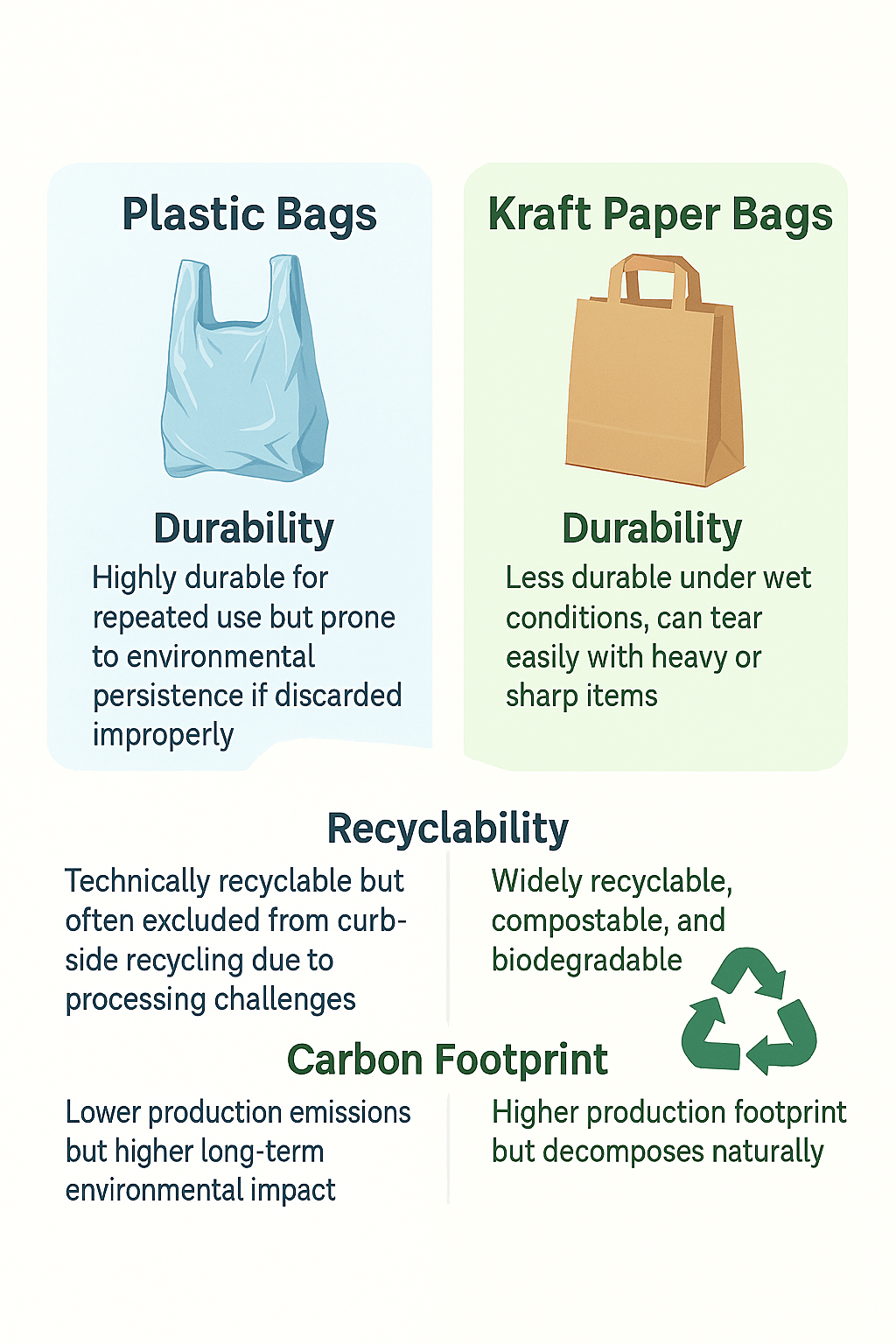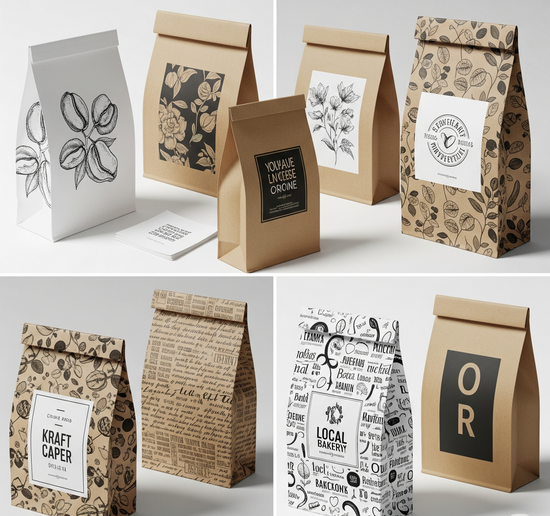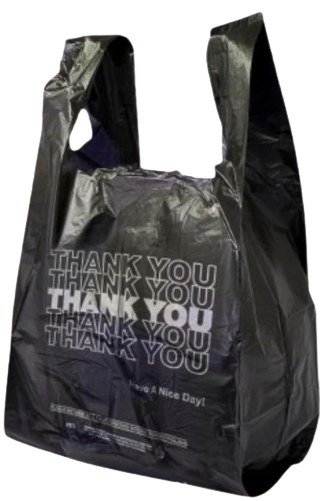
Which Bags Wins? Plastic Bags or Paper Bags for Your Store
In today’s competitive business landscape, choosing between plastic bags and paper bags is about more than cost. it’s about brand perception, customer expectations, and environmental responsibility. But which option truly benefits your business and the environment?
Let’s break it down clearly.
Overview of Plastic Bags
History & Usage
Plastic bags became popular in the 1970s due to their low cost, durability, and convenience. They are widely used in grocery stores, gas stations, retail shops, and restaurants.
Pros & Cons
Pros:
- Cost-effective (typically cheaper per unit)
- Lightweight and easy to store
- Strong, especially for heavier items
- Waterproof
Cons:
- Negative environmental reputation
- Not easily biodegradable
- Often restricted or banned in some cities/states

Overview of Kraft Paper Bags
History & Usage
Kraft paper bags have been around since the late 1800s. Their popularity has resurged with the eco-friendly movement, particularly in retail, fashion, and boutique businesses.
Pros & Cons
Pros:
- Perceived as eco-friendly
- Easily recyclable and biodegradable
- Better for branding (custom prints look premium)
- Positive customer perception
Cons:
Requires more storage space
More expensive than plastic
Less durable against moisture
- Less water-resistant—must be coated or laminated for wet use
- Not as tear-proof as HDPE
- Limited reuse, especially in wet environments
Environmental Impact
Durability
- Plastic Bags: Highly durable for repeated use but prone to environmental persistence if discarded improperly.
- Kraft Paper Bags: Less durable under wet conditions; can tear easily with heavy or sharp items.
Recyclability
- Plastic Bags: Technically recyclable but often excluded from curbside recycling due to processing challenges.
- Kraft Paper Bags: Widely recyclable, compostable, and biodegradable.
Carbon Footprint
Surprisingly, producing paper bags requires more energy and water than plastic bags.
Kraft Paper Bags: Higher production footprint but decomposes naturally.
Plastic Bags: Lower production emissions but higher long-term environmental impact.
Business Impact
Cost Comparison
- Plastic Bags: Cost per bag is significantly lower. Ideal for businesses with tight margins or high-volume use.
- Kraft Paper Bags: Can cost 3-5x more per unit but may enhance perceived brand value.
Customer Perception
- Plastic Bags: Increasingly seen as outdated and environmentally harmful.
- Kraft Paper Bags: Viewed as responsible and modern — aligns with eco-conscious consumers.
Branding Opportunities
- Plastic Bags: Limited print quality; less premium perception.
- Kraft Paper Bags: Excellent for bold, premium branding with natural, earthy aesthetics.

FAQs
Environmentally, yes. Paper bags decompose and recycle more easily, though they have a higher production footprint.
Can kraft paper bags be recycled?
Yes, kraft paper bags are widely accepted by recycling programs and also suitable for composting.
Which bag is cheaper for small businesses?
Plastic bags are typically cheaper upfront. Kraft bags have a higher cost but may offer long-term brand benefits.
Do customers prefer paper over plastic?
Trends show eco-conscious consumers prefer paper, especially in boutique and specialty markets.
Which is Better?
There’s no one-size-fits-all answer. It depends on your business goals, customer base, and priorities.
| Factor | Plastic Bags | Kraft Paper Bags |
|---|---|---|
| Cost | Low | Higher |
| Environmental | Poor (long lifespan) | Better (recyclable, compostable) |
| Durability | Strong (waterproof) | Weaker (susceptible to tearing) |
| Perception | Outdated | Modern, eco-friendly |
| Branding | Limited impact | Strong visual impact |
If your business wants:
- Low cost & efficiency: Plastic bags
- Better brand image & eco-alignment: Kraft paper bags
Real-Life Example / Story
Case Study: A Local Boutique’s Switch to Kraft Paper
A small Georgia-based boutique selling home goods switched from plastic to kraft paper bags. While costs increased, customer feedback improved significantly. Sales rose by 12% in 6 months, partially attributed to customers appreciating the shop’s eco-friendly stance.
Insights:
- According to the EPA, only 10% of plastic bags are recycled in the U.S., while paper bags are recycled at a rate of 65%.
- A 2018 UK study showed it takes 4x more energy to make a paper bag than a plastic one.
- Consumers are 3x more likely to view businesses as eco-friendly when they use kraft paper bags (source: Greenbiz)
What’s Your Take?
When it comes to packaging — Plastic Bags or Kraft Paper Bags — every business faces this choice.
👉 Which packaging works best for your business?
✅ Plastic Bags – Cost-effective and durable
✅ Kraft Paper Bags – Eco-friendly and great for branding
Share your thoughts in the comments!
Your opinion might help someone else make a better business decision.
#Packaging #BusinessTips #EcoFriendly #PlasticBags #PaperBags #SmallBusiness #PRNPlus


